AARP Eye Center
Northern Virginia Dementia Caregiver’s Conference 2024
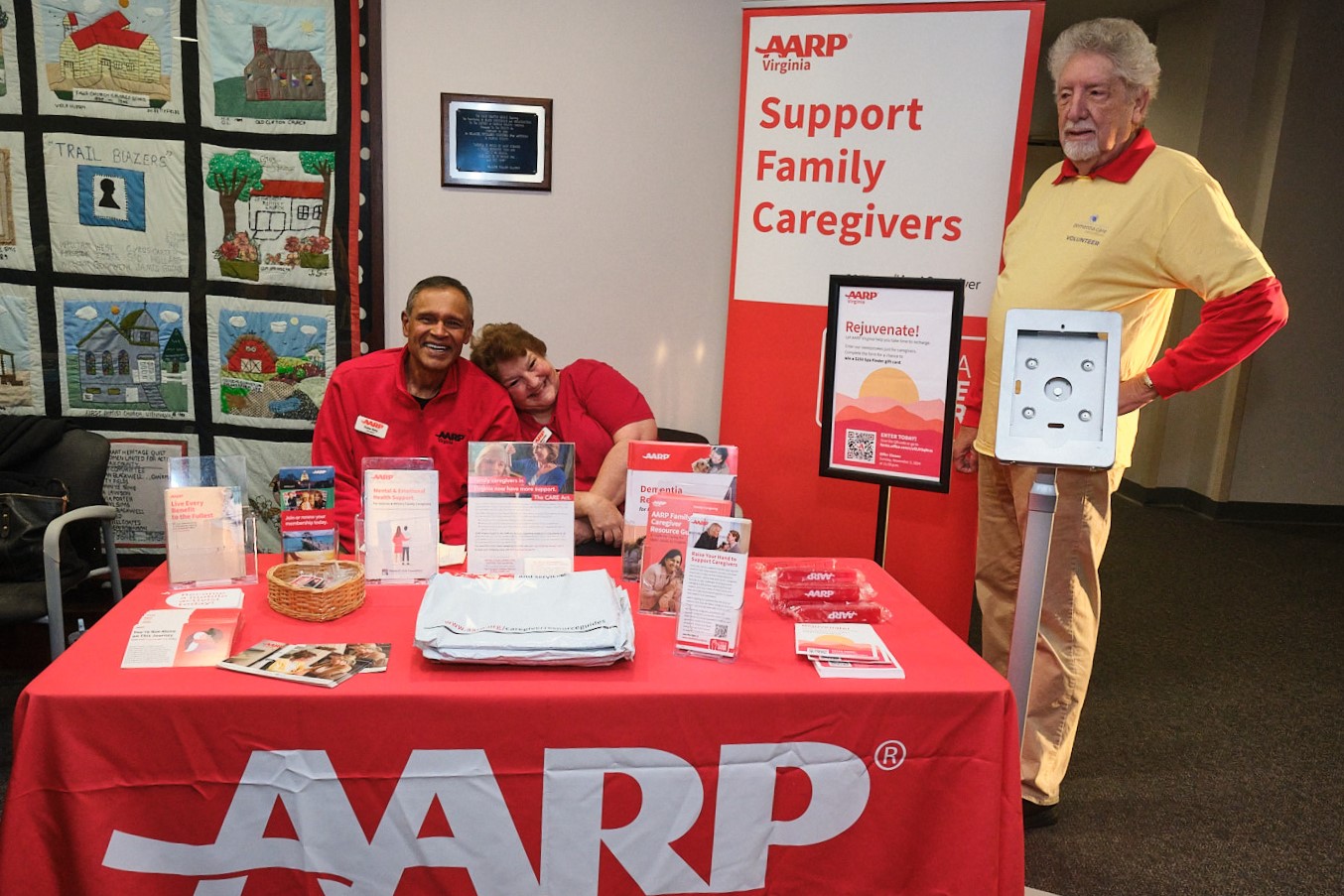
“Navigating the Journey: Adjusting the Sails in Dementia Caregiving” was the theme of the 38th Annual Caregiver’s Conference, presented by the Northern Virginia Dementia Care Consortium.
The consortium is an alliance of 10 entities, including AARP Virginia, that present an annual conference to provide education, support, and services to promote the well-being of dementia caregivers.
“Caregivers have a job that they don’t sign up or train for,” said Jennifer Pauldurai, a neurologist at Inova’s Parkinson’s and Movement Disorders Center. Caring for someone with dementia can be stressful because the caregiver doesn’t understand why their loved ones act the way they do.
For dementia patients, stress becomes a self-conscious reaction because the brain is unaware of what is going on around them. “It’s as if they are lost in the woods with no GPS,” said Pauldurai.
Caregivers need to try to understand the dementia patient’s world, especially identifying stress triggers. The first step is to identify why they are acting the way they are. It’s important to focus on feelings and not facts. “Their reality is not your reality,” Pauldurai said.
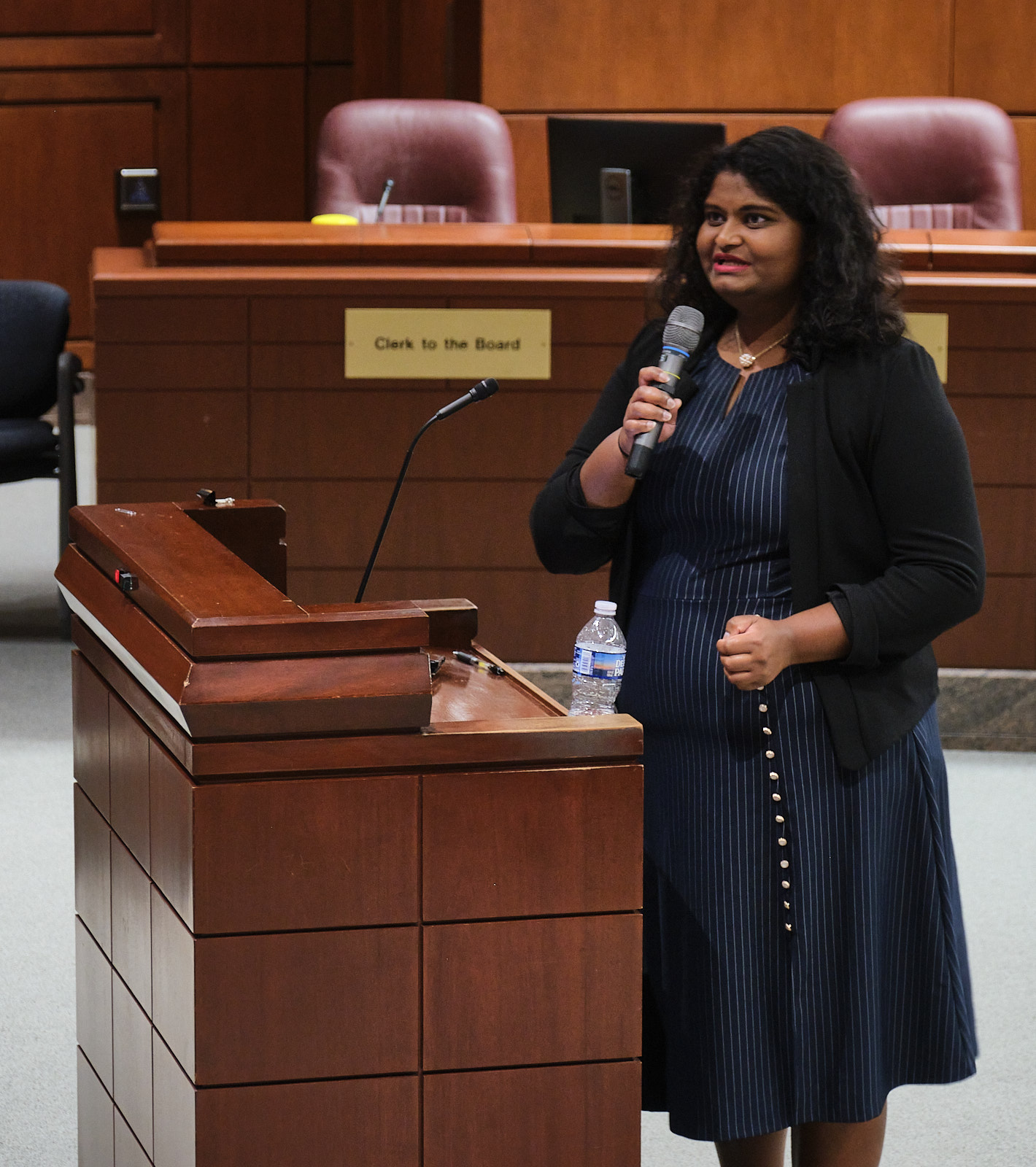
Signs of stress in dementia patients include anxiety, restlessness or pacing, shadowing or following the caregiver everywhere, suspicion or paranoia, delusions or hallucinations, stubbornness or resistance, wandering, or verbal or physical aggression.
Pauldurai gave several examples of behavior seen in dementia patients. Delusions and hallucinations, as in seeing other people in the house, are common. Hallucinations may be triggered by something physical, such as a shadow.
Pauldurai explained that these delusions may be the patient’s way of trying to protect their family and home from intruders. Instead of trying to convince them there is no one present, caregivers should validate the patient’s perspective, saying “thank you for trying to protect me.”
Another common behavior is waking up early, getting dressed, and leaving the house to go for a walk. The person is probably used to having a routine or schedule, and they are trying to replicate the routine but have no awareness of time.
Caregivers need to address whether the patient’s basic physical needs are met, including any physical changes in the environment. Dementia patients often feel they are forced to do things against their will. “Words don’t matter as much as the way you say them,” said Pauldurai.
Some examples of changing the dementia person’s external environment include adjusting temperature and lighting; removing clutter and extra lights that cause shadows; dissolving pills in food or water if the person has trouble taking them; surrounding them with familiar faces and environments as much as possible; and ensuring regular sleep cycles and regular meals and hydration.
Caregivers may also need to make changes to the person’s internal environment, in collaboration with the person’s physician. Probiotics or prebiotics may help with digestion. Following a diet rich in nuts, berries, fruits, leafy vegetables, water, and low sugar, such as the Mediterranean Diet, may help reduce stress on the brain.
The dementia caretaking team, said Pauldurai, should work together to accomplish health and safety for the patient. This includes trying to understand the patient’s world and using dementia-friendly language.
“Practice the five Rs,” said Pauldurai: reassure, reorient, redirect, repeat, and most importantly, respect.
Pauldurai concluded by urging caregivers to know when they need help and to find the support they need to maintain a healthy work-life balance.
“When we join together, we make a difference,” said Melanie Bunn, a trainer for Teepa Snow’s Positive Approach to Care.
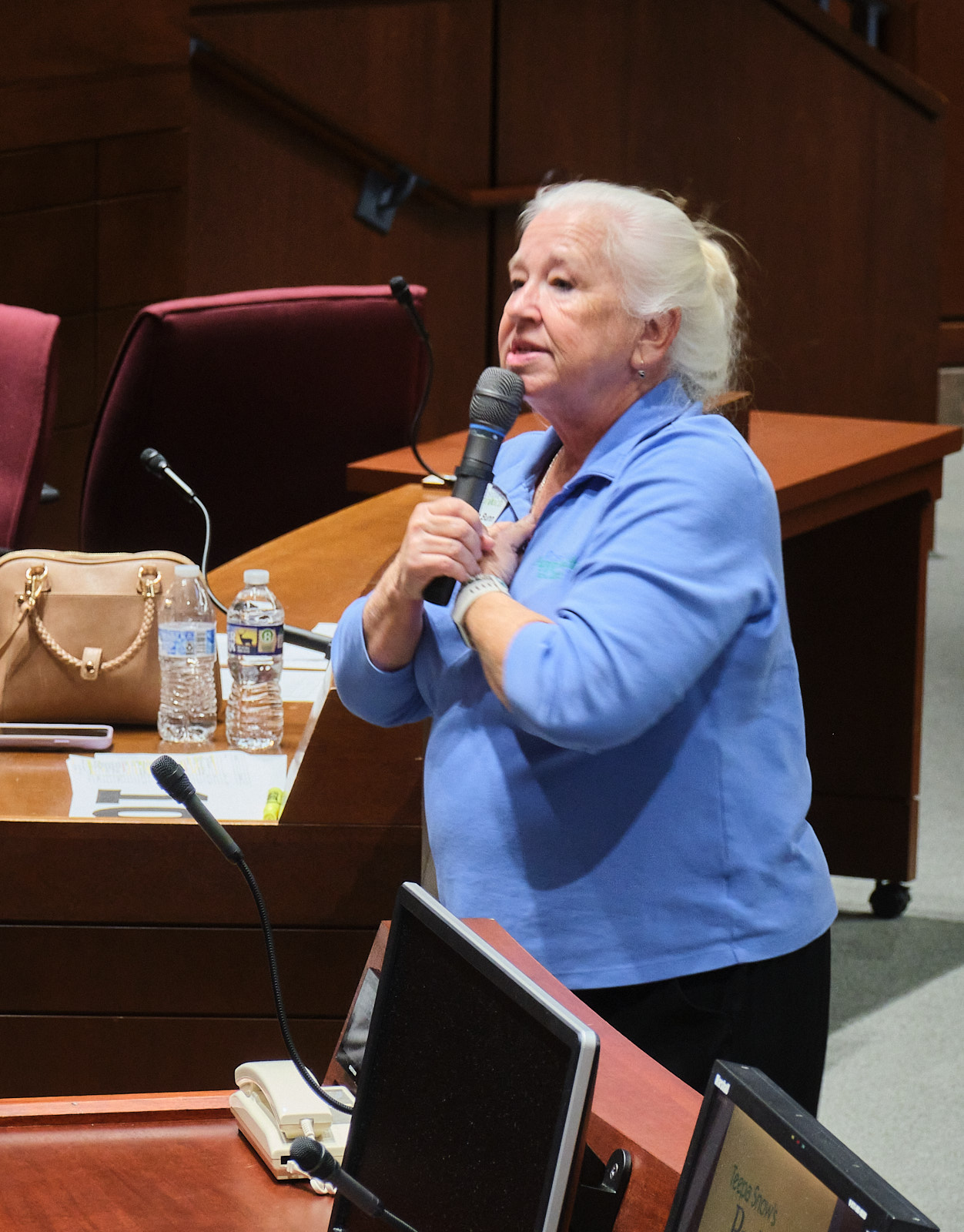
Snow is a dementia expert who developed a set of techniques based on understanding the parts of the brain that are no longer working in dementia patients and engaging the parts that are still active so patients and care partners can experience less stress and resistance and grow their relationships.
“The prefrontal cortex,” said Bunn, “is the last part of the brain to start working and the first to cause issues due to breakdown.”
The prefrontal cortex controls impulses, logic, and the ability to make choices. It also controls the ability to start, stay on a task, finish it, and move on. Another control is accurate self-awareness, or the ability to look at a situation and say either “I’ve got this” or “I need help,” along with perspective and the ability to accept when you need help.
With dementia patients, said Bunn, caretakers must recognize there must be a better way and be the impetus of change to best serve the patient. She also said caretakers must “build a bridge rather than a wall” as they build a caring team to work with the patient.
Snow’s method uses a GEMS® approach to different stages of brain change, based on the principle that until we see the beauty and value of a person at these different stages, they cannot be supported as they should.
Each stage is assigned a specific gem. In the sapphire stage, the person is generally fine but slowing down. In the diamond stage, they become harder, more rigid, and less flexible. In the emerald stage, they look to the past and want things to be the way they used to be.
Amber means caution, and when a patient reaches the amber stage, caretakers need to be cautious about sensations and under or over stimulation. Bunn recommends working to change the environment and giving the patient new things to explore.
In the ruby stage, the patient often loses motor skills, speech functions and comprehension, and visual awareness. In the final stage, pearl, patients become more hidden in their shells but still have many beautiful layers.
Bunn urged caretakers to take responsibility for change to help dementia patients at all stages “find their hidden sapphire.”
When Dr. Nicole Rochester’s late father was diagnosed with Alzheimer’s disease, she said it was “like a swift summer storm” that came out of nowhere.
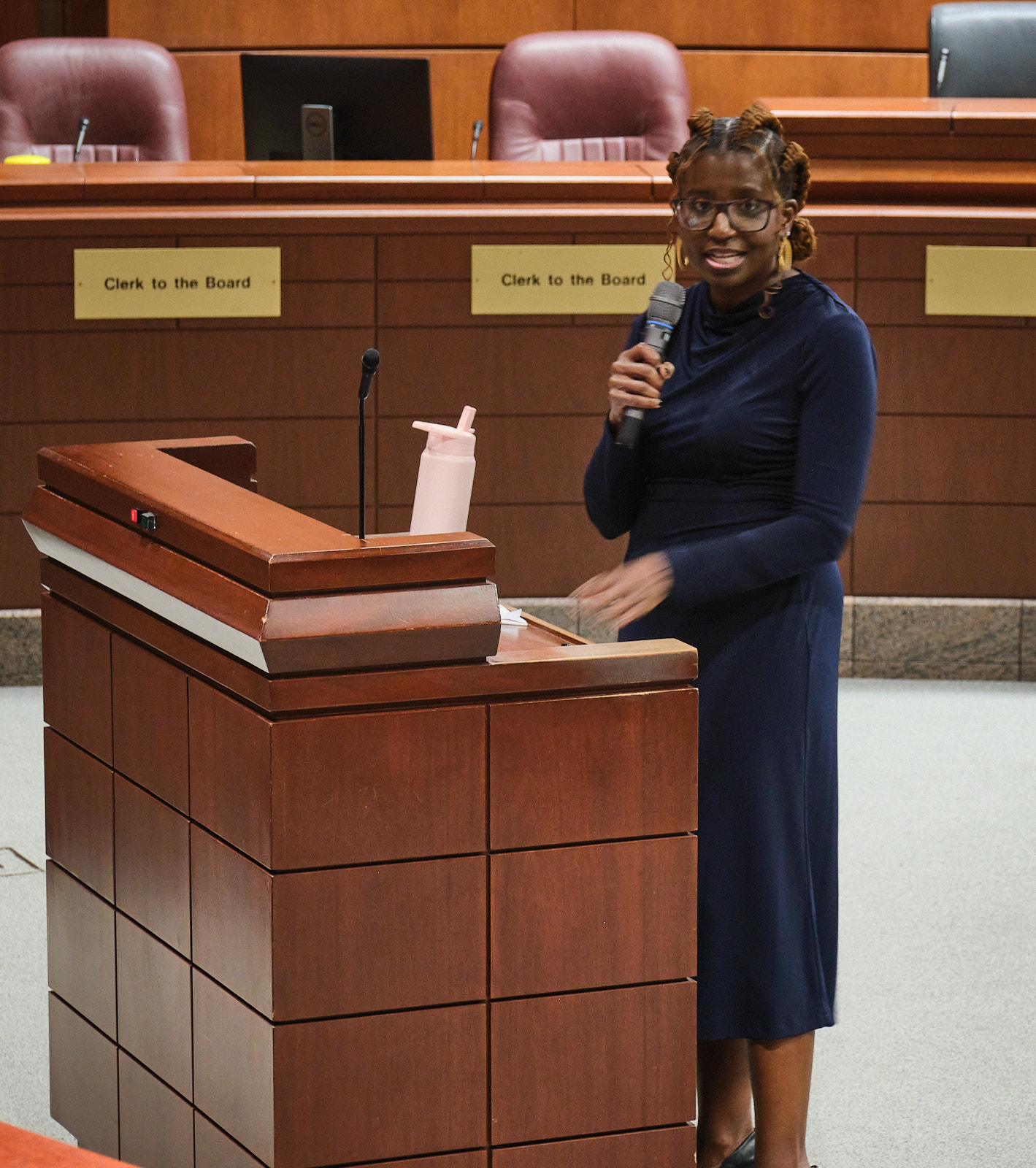
Rochester, founder and CEO of Your GPS Doc, LLC, who was working as a pediatrician at the time, was “completely overwhelmed” and unsure how to integrate caregiving into her life.
Like many caregivers, she initially felt she could do everything herself and needed to learn how to ask for help. Once she communicated her need for help and accepted it, she felt transformed.
“In reality,” said Rochester, “the caregiving journey is like a maze – there is no roadmap.”
Nevertheless, she found many little glimmers of hope throughout the journey. “When the storm clouds start to shift, sometimes you can see a rainbow,” she said.
“Everyone sees a different rainbow,” said Rochester, but to see one, “the sun must be behind you.”
Rochester sees rainbows as connections that can restore many good aspects of a relationship, like laughing together over a memory or funny event. This helps caregivers to cherish the special moments when they connect with the dementia patient.
Rainbows help build resiliency. “Nothing can build strength like a caregiving journey,” said Rochester.
Rochester’s rainbows also helped illuminate her path to the future, as she ended up leaving her pediatric career to start her own company as an advocate for caregivers.
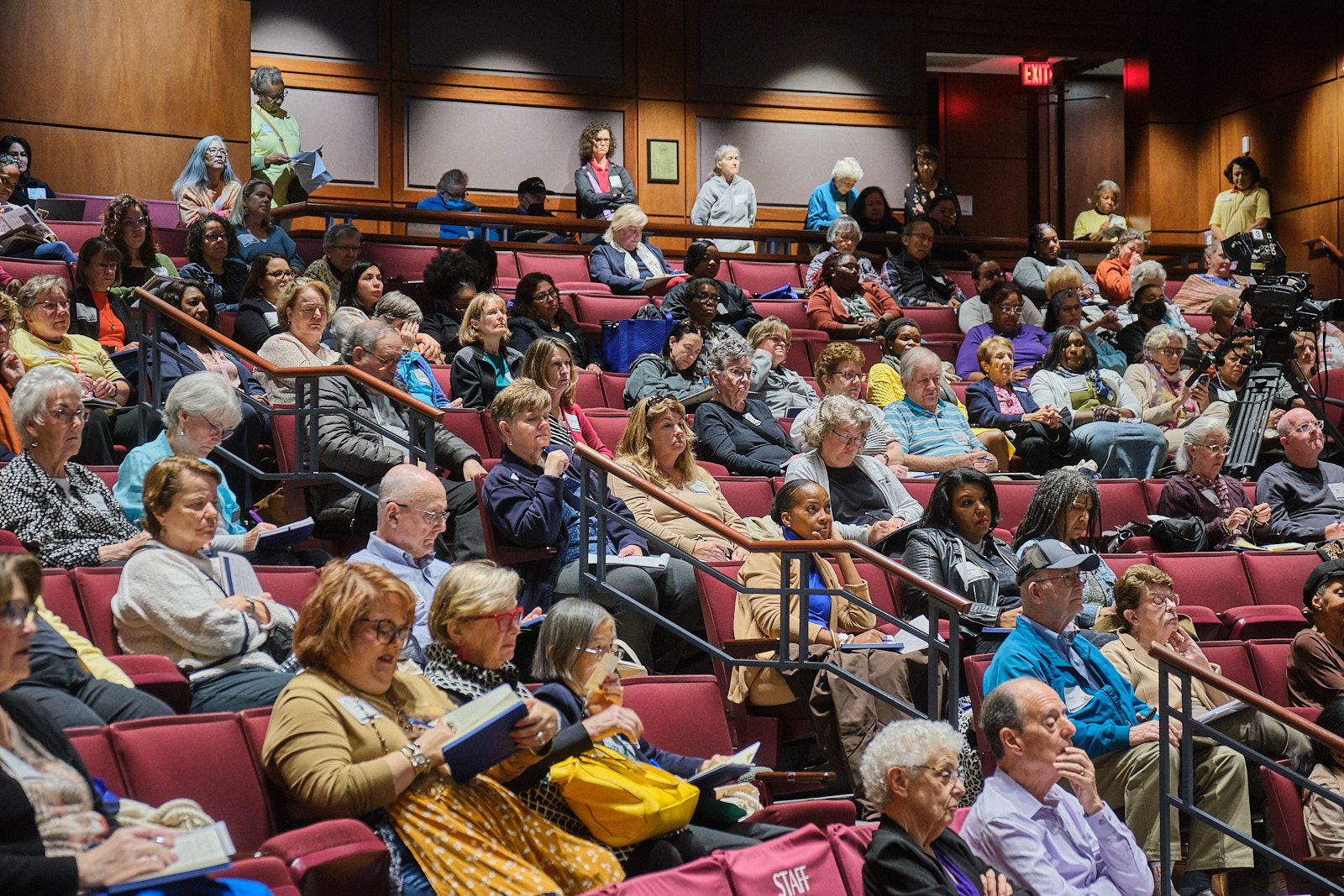
The benefits of finding rainbows, said Rochester, are compassion, strength, organization, and resilience.
“Use your rainbow as a compass for your future to help you find rays of light in your journey,” she said.
Conference attendees had the opportunity to attend break-out sessions on a variety of helpful topics, including financial and legal issues, improving hands-on skills, nutrition, end-of-life care, and virtual reality as a way to explore care. Numerous vendors provided information and resources.
















)


















.jpg?crop=true&anchor=13,195&q=80&color=ffffffff&u=lywnjt&w=2008&h=1154)





























